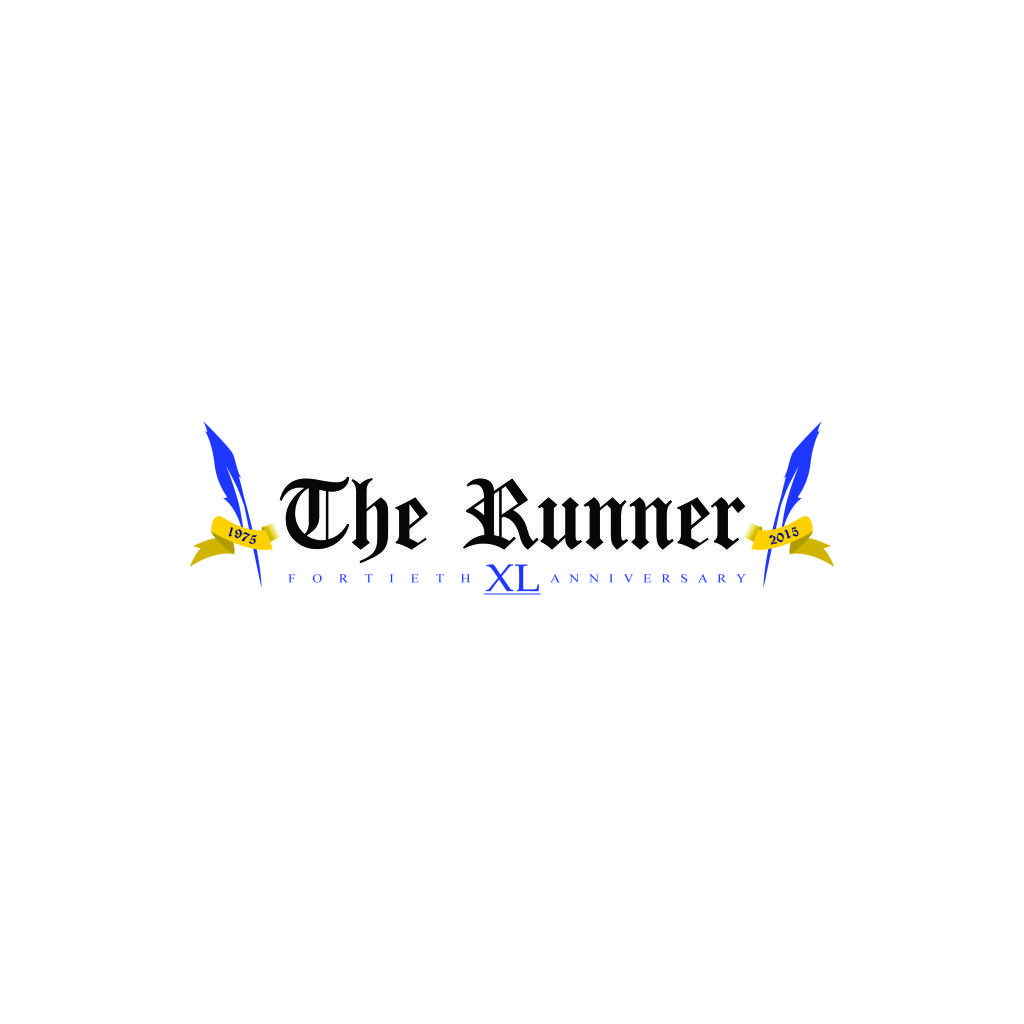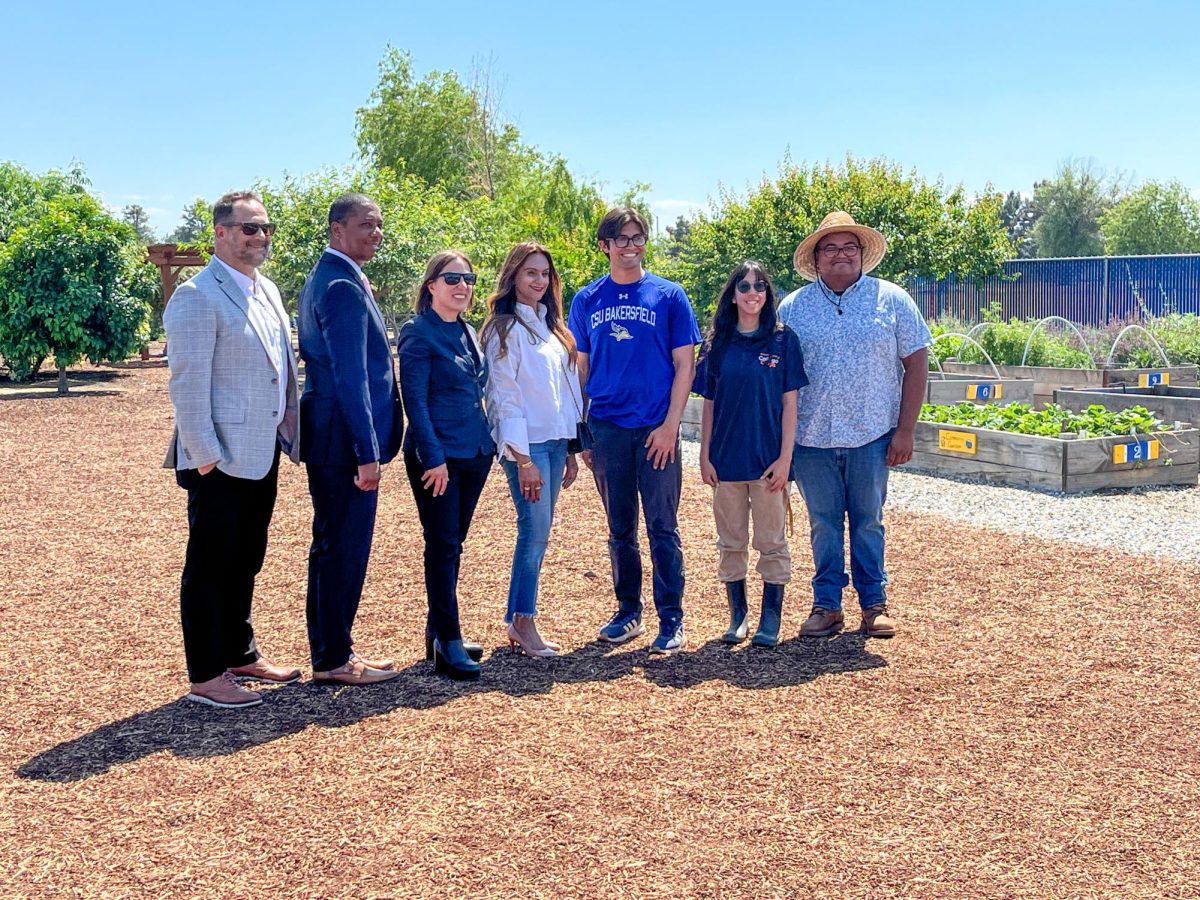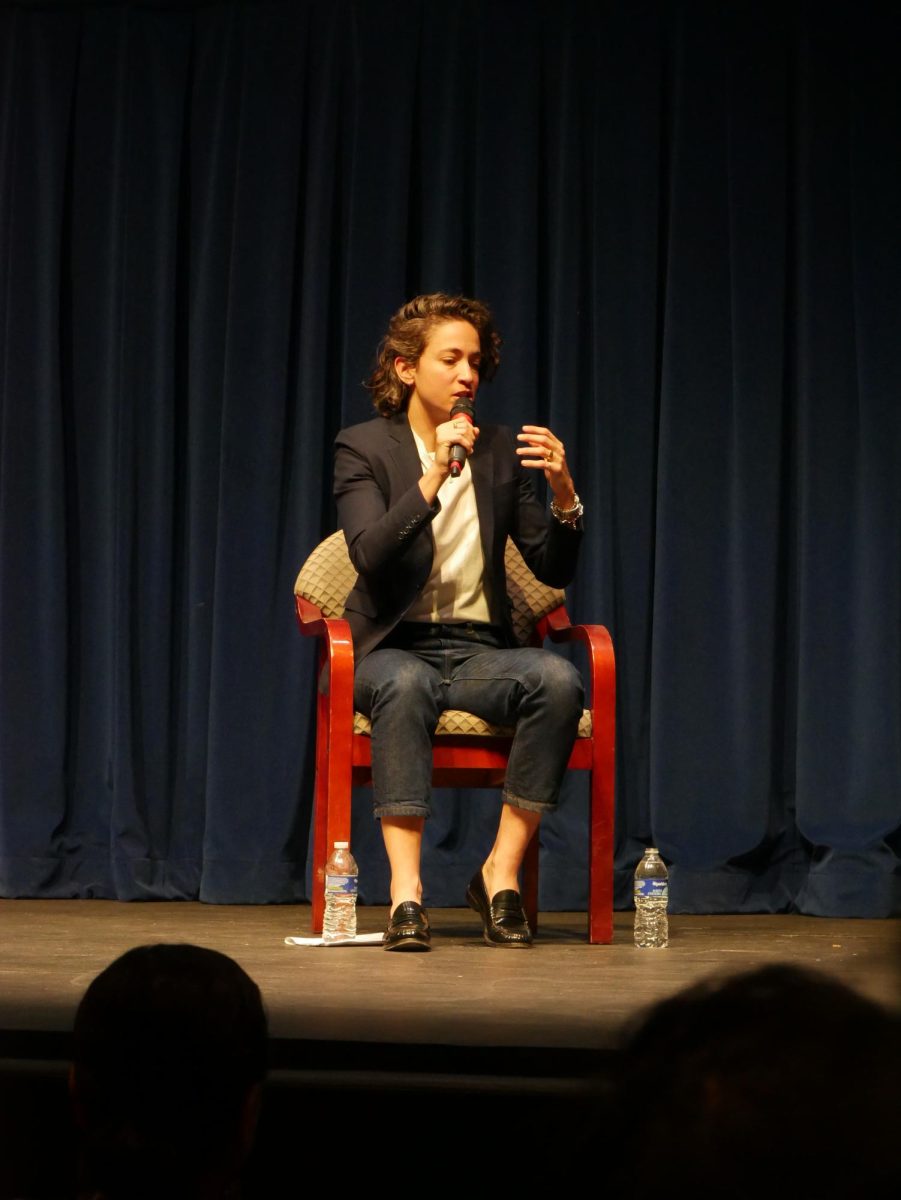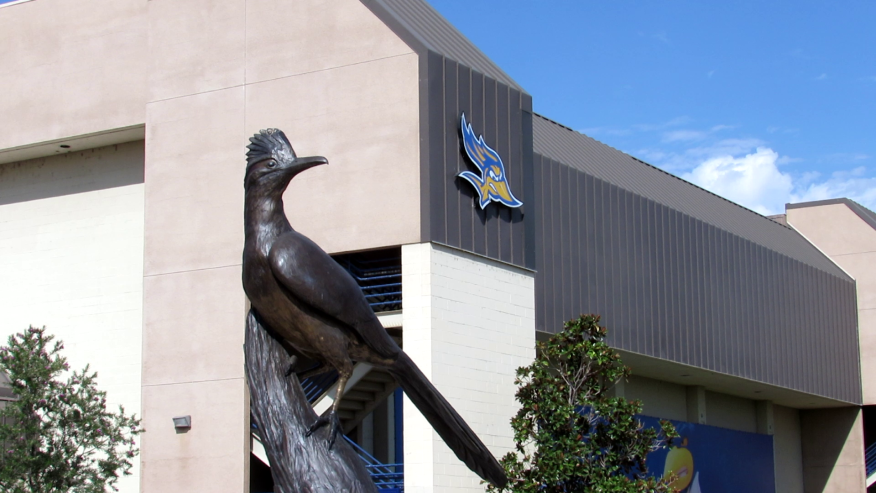Reporter
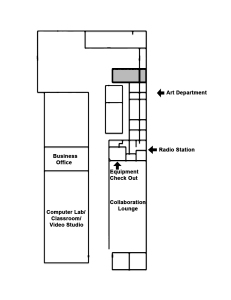
The future of The Runner might not be covered in chrome, as Spongebob claims, but it is mapped out on these blueprints.
The Runner newspaper of California State University, Bakersfield had very humble beginnings but is working to build itself into a greater entity. This newspaper will soon move from its small production room in Modular East to a more spacious location. It will also introduce a radio station with the establishment of a new media center.
The communications department will reap the benefits from the art department’s move to the new Visual Arts building by opening up a student media center in the Performing Arts building.
Chair of the Communications Department Judith Pratt says that the first thing to happen will be to renovate certain rooms in the Performance Arts building.
“So, there’s funds to, I think, pretty much gut the building to a certain extent, and then put in office walls, and Professor Burger has plans for a TV studio section and a sound booth and then of course the newsroom for the writers and the editors,” said Pratt. “So, it sounds like it’s going to be much more comprehensive. It’s gonna be all in one place, so just like any newsroom where, you know, you feed off each other.”
Journalism lecturer Jennifer Burger, who is heading up the vision for this future center says that the student media center will have four different sections.
“There will be a computer lab that will double as a production lab and classroom, so that when students are not in class they can be working on producing their projects for assignments and producing student media products, such as the newspaper The Runner, The Runner Online Website, video projects, things like that,” said Burger.
She also has plans to establish a multimedia section.
“At the front of that room we also envision having a portable broadcast studio, that we can set up when we want to shoot a broadcast piece and then take down put away and turn the room back into a classroom,” she added.
The lab will neighbor a business office for all the products developed and produced by the student media center which includes The Runner newspaper, The Runner Online, The Runner radio station and their future broadcasting program which is yet to be named.
“The idea behind the business office is to have a public face of the student media center. Somewhere were customers and clients can come in, meet with their representatives, go over marketing plans and business proposals,” Burger said.
Public relations students will be able to use the business center for their practicum to meet with their clients for marketing projects. The Runner business staff will also have the opportunity to effectively operate its advertising and other business marketing distrubtion endeavors from the business office.
If all goes according to plan, The Runner should be able to operate as a small corporation. The business office will maintain a very professional atmosphere and include desks with computers, couches for a receiving area and a conference table for meetings.
Burger says it is going to look “very professional.”

It may just look like a row of tables and chairs now, but by this time next year, it will house the new offices of The Runner newspaper and www.therunneronline.com.
A new addition to The Runner will be the radio station. It has been an idea for many years on the campus, but Burger says that it will finally become a “reality.”
Lecturer Burger credits technology and the internet for allowing the Runner to have an online radio station, which will be online-only. While there will not be broadcasting over airwaves with antennas on top of buildings, students will still be ble to operate a real radion station that will broadcast live over the internet via an app.
“So, we’ll have two rooms associated with the radio station, we’ll have the main broadcast room and then we will also have a sound room off to the side where students can record their voiceovers, tracking, PSAs, anything for commercials, you know whatever recording they need to do in sound proof room,” said Burger.
Dean of Arts and Humanities, Richard Collins says that the student media center project should cost around $100,000-$150,000, and up to $250,000 for sustaining the equipment.
According to Collins, the money will come from one-time state lottery funds, private funds – some of which has already been raised.
He said that part of the student media center will be completed by this fall 2015. He says the project will be done in stages and that the plan is to have the student media center finished by winter (January) 2016.
Collins is confident that the student media center will be finished by the time the switch to the semester system happens in fall 2016.
Collins finds benefits for not just Communications majors at the student media center, but for everyone.

The former Performance Arts building will give way to the new Student Media Center for communications students to practice and work on their craft. It will also be available for all students to be able to create and work on their own communication and media projects.
He said he feels that “this is the kind of thing that, you know, everybody needs to communicate, and everybody needs communication outlets and needs to be linked into all sorts of, you know, whether it’s public relations or creating videos or communicating what they have to do on campus.”
The radio station will grant the students a voice. Collins said that it will be “a good chance” for them to speak about campus activities and get others involved.
Communications students are not the only ones who will benefit fromt he new student medi center.
“It won’t be just for communication students. We’ll be able to bring in student government, we’ll be able to bring in science clubs, religious studies clubs, whoever wants to have a little voice on the radio will be able to have a kind of a program,” Collins said.
Going forward, Collins says he sees the student media center as a way of the future for CSUB.
“This is the way it’s all going, and so if we just sort of linger in the past with what we have done before, it’s not going to be as marketable as we have been before,” he said.
The arts and humanities department will be able to strengthen CSU Bakersfield’s sense of community with its new developments and future plans.
“That’s been our been our mantra as we’ve been preparing to grow, and so now this is an excellent way you know to communicate and to connect,” said Collins.



